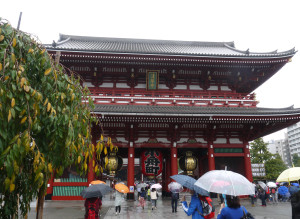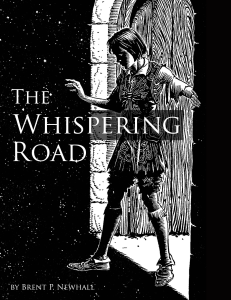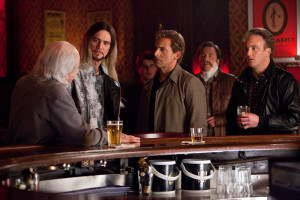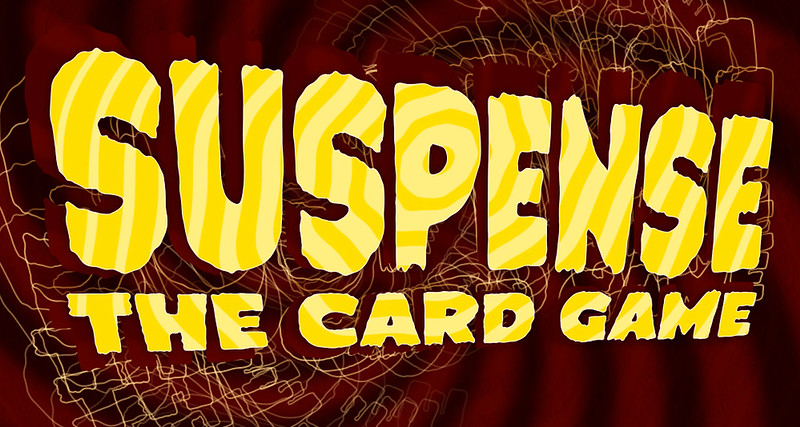I awoke today at 4:00am, to my lack of surprise. Even that gave me 8 hours of sleep.
Still, I dozed and watched TV for another 3 hours. I was thrilled to catch an episode of Pythagoras Switch, a Japanese equivalent of Sesame Street that’s far more smart, entertaining, and heart-warming to my taste. I even caught their special dance, an Otosan Switch segment, and one of their wonderful Rube Goldberg segments where a ball rolled down a ramp to hit a cylinder that rolled and hit dominos, etc. It finished by activating an agitator underneath a bowl of popcorn, which caused a submerged foam ball to rise to the top, revealing the show’s name. Brilliant.
Early morning Japanese TV is much like the American version: ads for beauty cream, early morning news shows, etc. Except they also show TED talks. Followed by commentary. I’m not joking.
The news brought an unwelcome surprise. I swear the first words from the weatherperson’s mouth were “Typhoon wa….” Not only that, there were two typhoons. Fortunately, the nearer was paralleling the coast and the other was scheduled to veer off towards the west. Unfortunately, the first dumped rain on Tokyo all day and the second would do the same in a couple of days.
Nothing to be done about it, so I took the elevator downstairs for breakfast. I’d pre-paid for an “American-style” breakfast, which was mostly -style: A sandwich of hard-boiled egg slices and shredded beef, corn and broccoli, three potato wedges, and a bun. But oh, that bun. It was practically cake.
Then I headed outside to find a shrine that, according to the laminated card on my desk, was nearby. I sure found it; only a few blocks away I found a huge gate (at least 2 stories tall), which led me down to a massive shrine. This was Senso-ji Temple, one of the more famous ones in Tokyo.
I followed a few side streets in search of good photographs, and generally explored the environment. This was good, as the shrine quickly filled with school kids, despite the downpour. it was fun being an object of attention. More than once a wide-eyed grade schooler passed and a few seconds later I heard a whispered “Amerika-jin!”
The shrine complex seemed to go on forever. Not only did I walk down a massive approach, at least a block long, but gardens and other, smaller shrine buildingss sat nearby. The shrine itself stood at least three stories tall.
Satiated, I bought a melon pan–a type of sweet bread–to tide over my hunger. Then I decided to try a trip to Akihabara, the Electric Town. Fortunately, I passed through Akihabara Station on the way here yesterday, so I just took the same route backwards.
Akihabara is impossible to describe. Imagine a bunch of electronics and anime shops crammed together like commuters on a Tokyo train, and the only place to go is up. The first place I stopped in sold models. Six floors of them. Their selection ranged from the latest characters to kits actually produced in the 1980’s.
And then, of course, there are shops selling anime, manga, light novels, posters, and the rest. Unfortunately, it’s all in Japanese. Sure, I could buy a toy, but I’d have to carry it back the whole way.
My stomach began growling again by this point, so I looked for a thing I’d very much wanted to see: the Gundam Cafe. After realizing it’s not actually in Akihabara Station but beside it, I found it and hovered outside in amazement that such a thing actually exists. Two wet young men came along, similarly marvelled, then laughed and went in. I screwed up my courage and followed.
The Cafe looks like the inside of a ship. In fact, the first thing I heard upon entering was “Welcome to the Archangel!” (one of the carrier ships from a Gundam series). A giant screen plays clips from various Gundam series–which also discreetly advertise items for sale in the adjoining store or upcoming box set releases.
The cafe changes its cuisine occasionally to theme around one Gundam timeline. I happened to be there for the SEED universe; the drinks were named after characters from that timeline (I had the Athrun Zala, a surprisingly sweet cherry drink) and the food looked like the meals served on board the Archangel in the anime. I checked the screenshots, and sure enough, I ordered and ate a meal that Kira ate in the show.
And, of course, you could order Andrew Waldfeld’s special blend of coffee.
Satisfied, I re-entered Akihabara Station and headed back to my hotel, though I stopped at Ueno to explroe one of its endless shopping arcades. These are old streets converted to walking malls, and they seem to go on forever. In this case, it mostly sold produce, fresh meat, and shoes, so it wasn’t really tourist-friendly.
All of this was done in the pouring rain, I should add. So I returned to my hotel in the late afternoon, and put my feet up to dry.
And the sun came out.
I sighed and walked out onto my tiny private deck. Looking out over the glittering water of the river, my gaze fell down to a cruise boat nearing me. My brow furrowed as my eyes took in its strange shape, all sleek curves like a Jules Verne ship.
And then I realized: I was looking at the boats designed by legendary manga artist Leiji Matsumoto. I had hoped to at least see them while in Japan. In fact, they docked right outside my hotel.
I ran back inside, opened my laptop, connected to the hotel internet, and researched those boats. They go from there down to Odaiba, a natural island built as a shopping district that also houses the full-size Gundam statue.
My plans for the next day immediately changed.










